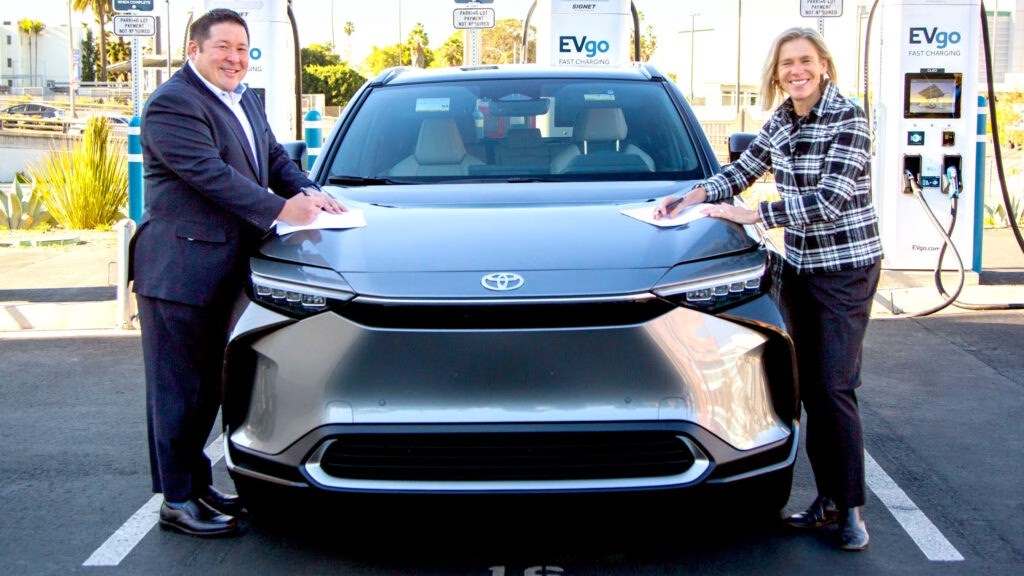Electric vehicle (EV) sales are surging in the United States, but the infrastructure needed to support this growth is struggling to keep pace. Despite the increasing popularity of EVs, the number of high-speed charging stations is actually declining, raising concerns about the future of electric mobility. Let’s dive into the current state of EV charging infrastructure, the challenges it faces, and what it means for the future of electric vehicles.
What’s Happening with EV Charging Infrastructure?
Recent data reveals a troubling trend: installations of high-speed EV chargers dropped by over 21% in the first quarter of 2025 compared to the previous year. This decline has prompted BloombergNEF to revise its projections for charger installations down from 360,000 to just 285,000 units for the year. With the Biden administration having allocated $5 billion over five years to expand EV charging infrastructure, the current slowdown is particularly concerning. If this trend continues, experts warn that the outlook for charger installations could be adjusted downward by as much as 30% by 2030.
Why Is There a Shortage of Charging Stations?
The U.S. currently boasts around 208,000 public charging ports, which might sound impressive at first glance. However, to keep up with the projected sales growth of EVs and plug-in hybrid electric vehicles (PHEVs), approximately 174,000 new charging points need to be added each year. Falling behind now makes it exponentially harder—and more expensive—to catch up later. The gap between the number of EVs on the road and the availability of charging stations is widening, creating a potential crisis for EV owners.
Political Factors at Play
Political decisions have also played a significant role in the current state of EV charging infrastructure. Shortly after taking office, former President Trump suspended federal funding for EV chargers, which was intended to be distributed through the National Electric Vehicle Infrastructure Formula Program. This funding was crucial for jumpstarting installation efforts nationwide. Without it, the momentum for expanding charging infrastructure has noticeably slowed.
The implications of this political shift are profound. As reported by S&P Global, the lack of government support is likely to deter private investment in charging infrastructure, leading to a scarcity of charging options for EV owners. This could create a frustrating experience for those who have made the switch to electric vehicles, undermining the very purpose of transitioning to cleaner energy.
What’s Next for EV Owners?
As the number of electric vehicles continues to rise, the need for a robust charging network becomes increasingly critical. Without adequate infrastructure, the transition to electric mobility could falter. The mismatch between EV sales and charging availability poses a significant challenge. If policy and investment do not align with the growth of electric vehicles, we could see infrastructure becoming the weakest link in the EV transition.
The big takeaway? The future of electric vehicles isn’t just about the cars themselves; it’s about the support network that keeps them running. As we navigate this transition, it’s essential to advocate for policies that prioritize the expansion of charging infrastructure. Start by exploring local initiatives or community discussions about EV charging solutions. Every small step can contribute to a more sustainable future.

